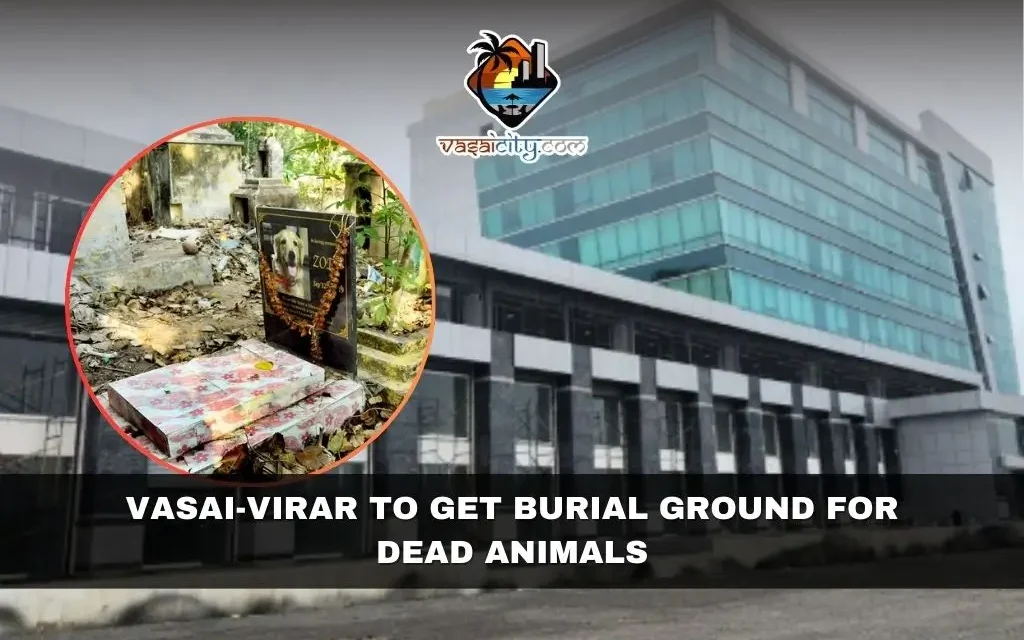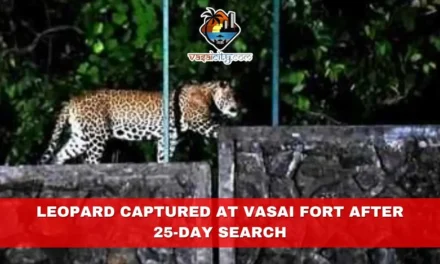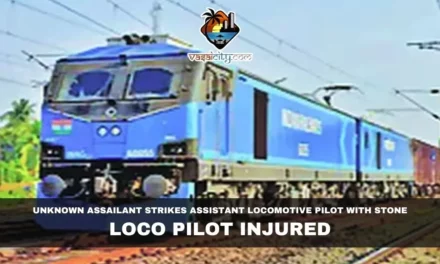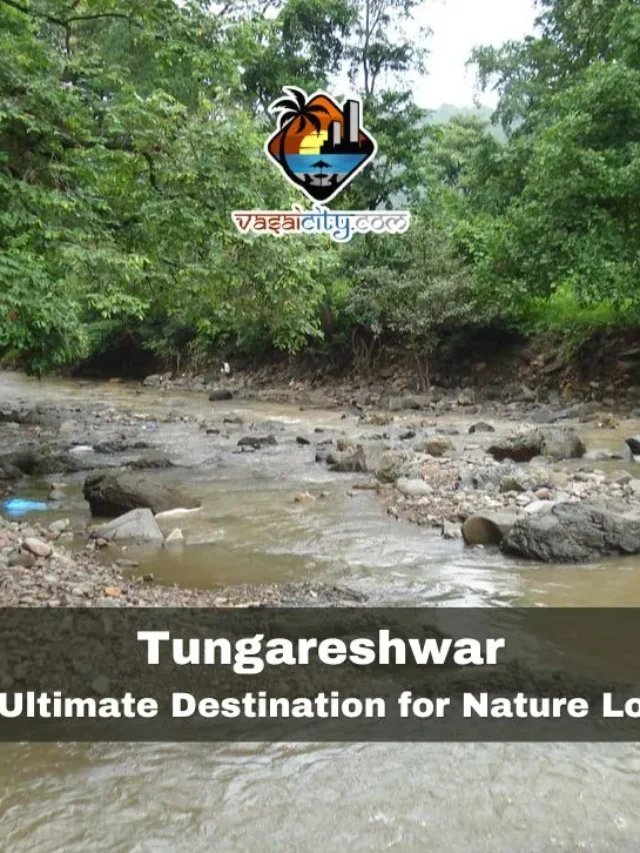The Vasai-Virar region has been facing a significant challenge when it comes to disposing of deceased animals. Whether it is pet owners grieving for their beloved companions or stray animals succumbing to disease and accidents, the absence of a proper disposal system has caused distress for residents. However, this issue is now set to be addressed as the Vasai-Virar Municipal Corporation (VVMC) has received approval to establish a dedicated burial ground for dead animals.
For years, residents of Vasai-Virar have struggled to find a dignified and hygienic way to dispose of dead pets and stray animals. Many pet owners, after losing their furry companions, have been left clueless about how to proceed with the burial. Meanwhile, stray animals that die due to accidents, illnesses, or starvation are often left on the roadside, dumped in garbage heaps, or thrown into drains. This not only creates an unhygienic environment but also poses a health risk to the community.
Approval for Animal Burial Ground Near Gokhivare
Addressing these concerns, civic authorities proposed setting up a dedicated burial ground for deceased animals near the Gokhivare cremation ground. The proposal was submitted to the District Collector’s office for approval, and after careful consideration, the necessary permissions were granted. With this approval, the Vasai-Virar region will soon have a designated space for the proper disposal of animal remains.
According to municipal officials, preparations for the burial ground will commence soon, ensuring that the facility is equipped to handle the disposal of both pet and stray animal carcasses in a systematic and hygienic manner.
A Long-Standing Issue for Pet Owners and Residents
For pet owners, losing a beloved animal is already an emotionally difficult experience. However, the added stress of figuring out how to dispose of the body has been a major issue. Unlike humans, for whom burial or cremation services are readily available, pet owners have had no dedicated facility to turn to. Some have resorted to burying their pets in open grounds or isolated spots, which is not always a feasible or legal solution.
On the other hand, the problem of stray animal carcasses has been even more severe. Stray dogs, cats, and even cattle often die due to accidents, malnutrition, or illnesses. With no official system in place, their bodies are frequently left unattended for days, causing foul odors, attracting scavengers, and leading to the spread of diseases. Residents have long complained about the sight and smell of decomposing animal carcasses in public areas, especially near roadsides and garbage dumps.
Health and Environmental Concerns
Improper disposal of animal carcasses has raised serious environmental and public health concerns. Dead animals left in open areas not only produce an unbearable stench but also attract rodents, crows, and stray dogs, increasing the risk of disease transmission. In some cases, carcasses have been dumped in water bodies, leading to water contamination and posing a risk to human health.
Recognizing the gravity of the situation, local social activists and animal welfare organizations had been demanding a proper disposal system for years. They approached the Central Animal Husbandry Department, urging immediate action. The department then directed the VVMC to take steps to address the issue. Following these directives, the municipal corporation identified land near the Gokhivare cremation ground as a suitable site for the burial ground.
Strict Guidelines for Disposal
Municipal Commissioner Anilkumar Pawar confirmed that the facility would follow strict guidelines for animal disposal. The burial ground will be set up in accordance with the recommendations of the Animal Husbandry Department to ensure that the process is carried out in a safe and environmentally friendly manner.
Animal welfare activists have also emphasized the need for proper procedures. Some residents had raised concerns that in the past, dead animals were being disposed of along with municipal waste at the Gokhivare garbage dumping site. This practice was highly unsanitary and went against government regulations. With the new facility, animal disposal will be conducted separately, ensuring that it does not pose a hazard to the environment or public health.
A Step Towards Responsible Urban Planning
The move to establish a dedicated burial ground for dead animals is seen as a progressive step for Vasai-Virar’s urban planning and sanitation efforts. Cities worldwide have recognized the importance of having proper disposal systems for animal remains, and Vasai-Virar is now aligning itself with these best practices.
Residents, particularly pet owners and animal lovers, have welcomed this initiative. They hope that the new burial ground will provide a respectful resting place for pets while also addressing the broader issue of stray animal carcass disposal.
Future Steps and Implementation
The municipal corporation has assured that work on the burial ground will begin soon. The site will be fenced and maintained to prevent any misuse. Plans include designated sections for pet burials, ensuring that pet owners have a dedicated space to say their final goodbyes. Additionally, municipal authorities may introduce a nominal fee for pet burials to manage maintenance costs.
Stray animal carcasses, on the other hand, will be collected by municipal sanitation workers and buried in a systematic manner. The VVMC is also considering introducing a helpline for residents to report stray animal deaths so that authorities can arrange for their timely disposal.
Conclusion
With the approval of this burial ground, Vasai-Virar is taking an important step toward improving urban hygiene and public health. The facility will not only provide a dignified way to lay pets to rest but also eliminate the problem of stray animal carcasses being dumped in public spaces.
For pet lovers, this is a much-needed relief, as they can now bid farewell to their beloved companions in a proper and respectful manner. For the city’s residents, it is a positive development that will contribute to a cleaner and healthier environment.
As work begins on the burial ground, Vasai-Virar sets an example for other cities to follow in ensuring that animal welfare and urban cleanliness go hand in hand.














